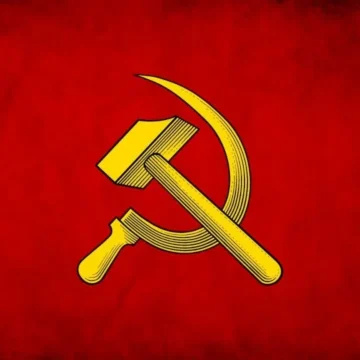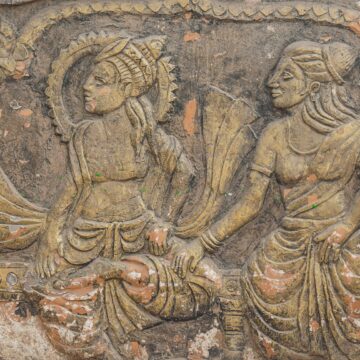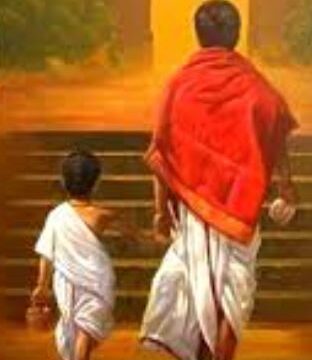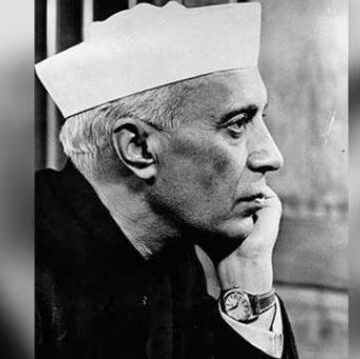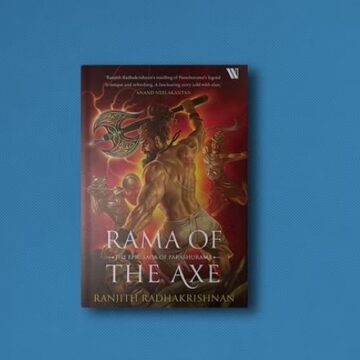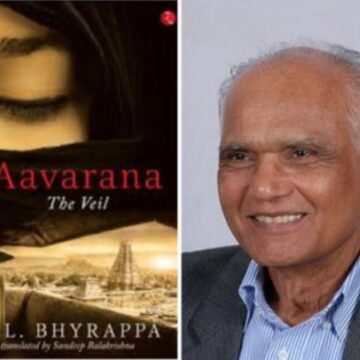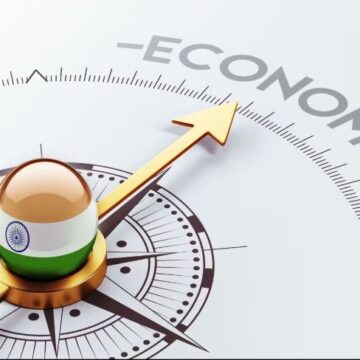Jahnavi Naik explores the penetration of Marxism in society and culture, and delves deep into the phenomenon that is 'Cultural Marxism' - its definition, its reach, its methods; and examples from recent happenings in the country.
Year: <span>2023</span>
Eternal Love Story of Prabhu Shri Rama and Mata Sita
The Ramayana is an epic of unparalleled significance in Hindu mythology. It is rightly and widely regarded as a story that epitomizes righteousness, duty, sacrifice, and devotion. At its heart, however, lies the eternal love story of Prabhu Shri Rama and Mata Sita; a divine saga that transcends the boundaries of time and serves as the very essence of the epic.
Varna And Birth
It is one of the strangest ironies that, despite being an intricate part of our daily lives, we do not have any theory explaining Varna, Jati, and Kula. It is also not clear whether caste, understood as a class system, can be the foundation for understanding the complex arrangement of Varnas and Jatis in Indian society. One of the biggest sources of contradictory strands is the issue of whether Varna is by birth or not.
Chittaranjan Naik concludes that birth is not the cause of Varna, as popularly understood; it is the identifier.
Nehru and Kashmir: A Relationship with Disruptive Consequences
Were Nehru's myopic decisions solely blunders or were they influenced by his personal friendships with the last British Governor-General Lord Mountbatten and the first CM of J&K Sheikh Abdullah? Jahnavi Naik explores in this article.
“Rama of the Axe” by Ranjith Radhakrishnan – A Review
A comprehensive review of "Rama of the Axe" by Ranjith Radhakrishnan, and his treatment of plots and characters beyond what is mainstream, including but not limited to the protagonist Bhagwan Parashurama and the antagonist Kartyavira Arjuna.
Aavarana (The Veil) By S. L. Bhyrappa – Translated by Sandeep Balakrishnan – A Review
Rohan Raghav Sharma reviews SL Bhyrappa's "Aavarana - the veil" translated from the original Kannada into English by Sandeep Balakrishnan. He explores the multi-layered plot, the flow of the story, and evolution of the characters while also touching upon salient points of criticism along with his own critique of the book.
Understanding Indian Economy: Ancient To Modern – Part 4
The previous parts were an attempt to summarise the Indian economic story from its ancient roots until the end of British rule from various sources. The understanding of the Indian economy after independence also tends to be a little complex for a layperson to understand because of conflicting opinions. However, the overall story is one of hope and pride rather than shame and disappointment. This part also includes selected references and further readings for those interested.
Understanding Indian Economy: Ancient To Modern – Part 3
In the previous parts, we looked at the ancient and mediaeval Indian economies and the impact of European colonialism on India and the world. The British left in 1947, our economy was in shambles, and there were many problems with the intellectual narratives set by the colonials. This part is an assessment of British rule in India and where we stood at independence.
The real Shakti of Bharat lies in Chaturvarnya
"The system of division into different Varnas is the stepping stone to civilization, making one specialise and rise higher in the areas of one's heritage, learning and vocation. The youth of Bharat must try to understand the beauty of this eternal system where Chaturvarnya is the real Shakti of Bharat."
Understanding Indian Economy: Ancient To Modern – Part 2
Part 1 of this series was a summary of the ancient Indian economy. In this part, we shall look at the mediaeval economy of India, which began with the fall of the Gupta dynasty in the 7th century CE and finally culminated with the beginning of the Delhi Sultanate in the 13th century CE. This part also covers the important rise of Europe in dominating the world order through its colonial expansion and how it specifically impacted India too.

